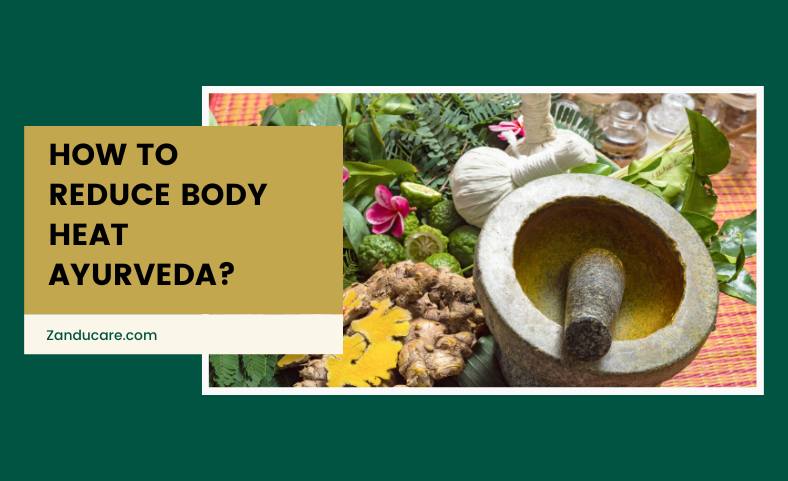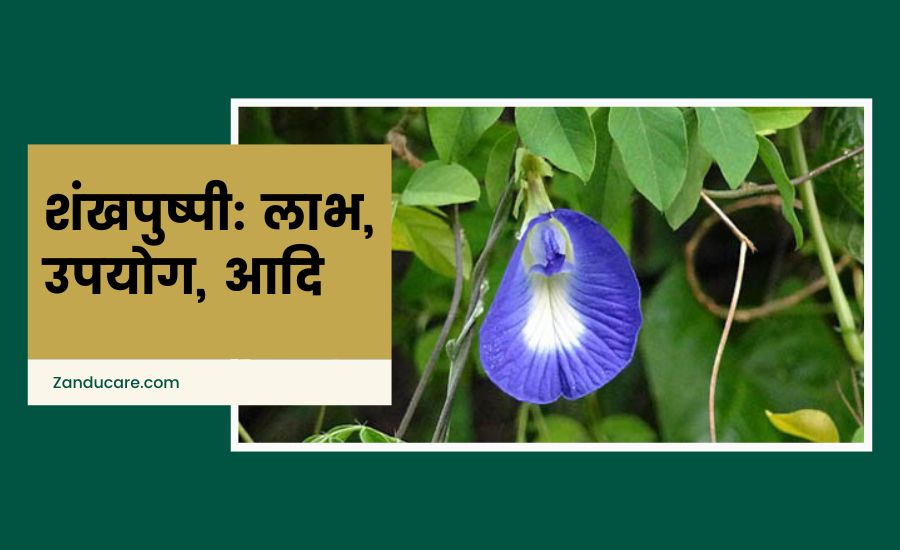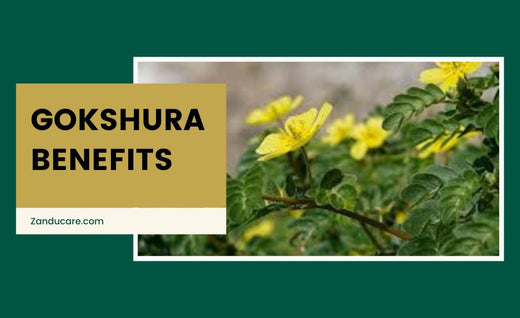
Top 5 Effective Ways to Reduce Body Heat in Ayurveda
Hot (Ushna) and cold (Sheet) are two fundamental precepts of Ayurvedic medicine reflected variously within the context of health and disease. The summer's impacts the body's heat level to a certain extent. This becomes the breeding ground for several health issues like stomach upset, acid reflux, etc. Hence, doctors advise keeping your meals light and healthy to avoid these conditions.
In Ayurveda, it is interpreted as the pitta dosha, i.e., the imbalanced level of Pitta in the body that eventually leads to increased heat production. It is quite a known fact that you need to strike the right balance between Pitta, Kapha, and Vata in the body to arrest illnesses.
In this article, you can learn about the pitta dosha and its effect on your body. Additionally, you will also come across ways to reduce body heat in Ayurveda and keep the Pitta in control. Moreover, we have shared a list of recommended food items for achieving the same objective. Read along to know more.
|
Did You Know
|
What Causes the Rise of Body Heat?

External temperature does affect our body temperature. However, the food we consume and our daily lifestyle also have a considerable impact on our bodies. Let us quickly look at some significant reasons for the rise in body heat.
- Sugary beverages like energy drinks and carbonated beverages
- Heavy and greasy foods like fried snacks and creamy sauces
- Processed and packed food items like chips and cookies
- Alcoholic beverages
- Spicy and unhealthy food like pickles
- Red Meat
- Hot beverages like tea and coffee
- Excessive animal protein, like egg yolk and pork.
Understanding Body Heating With Ayurveda
You may wonder what is the Ayurvedic interpretation of body heating. Pitta is associated with the digestion of our body. It is described as hot, sharp and oily. It mainly governs the metabolism of the body. Hence, the heat conditions of the body aggravate Pitta.
Some foods, like those mentioned above, combine with gastric juices and instigate the Pitta of our body. If this Pitta takes an upward course, i. e, vomiting, burning sensation, headache, and loss of appetite, then it is called Urdhwaga Amlapitta. This imbalance leads to a rise in the Pitta levels within our body. This eventually leads to an increase in the body's temperature.
Do check our 100% Natural medicines for body heat control.
How Does Body Heating Affect Us?
We need to reduce the body's heating, but why? Check out the adverse impact of unwanted temperature increases in your body.
- Acid reflux and gas digestion
- Nausea, diarrhoea or constipation
- Excessive sweating
- Anger and irritability
- Skin rashes, acne
- Joint inflammation
|
Exciting things you must know
|
Top 5 Ways to Reduce Body Heat in Ayurveda
1. Eat Cooling Foods

The first and foremost answer to your question “reduce body heat Ayurveda” is to consume cooling food and fruits like berries, melons, diaries, coconuts, nuts, etc. Moreover, avoid salty and greasy foods since they impact the oil properties of Pitta. Your diet must contain leafy vegetables, cucumber, beet, dairy products, etc. Additionally, steer clear from sugary and hot beverages for the best results.
2. Hydrate Your Body
Make sure to include water-rich food items in your diet. You should be drinking 6-8 glasses of water. You can also opt for fresh fruit juices like watermelon juice, lemonade, coconut water, etc. Avoid adding white sugar or honey to sweeten it up. It is best not to add any additional elements. However, if you must, then opt for sweeteners like maple syrup.
3. Massage With Oils
If you are contemplating to reduce body heat Ayurveda oils then practise the art of abhyanga with essential oils like coconut oil. The product goes in through the pores of the skin to reduce the heat of the body. It is best to indulge in this ayurvedic massage before showering. This improves blood circulation, calms the nervous system, and cools the body. Some of the common oils for abhyanga are
4. Shower With Cold Water
It is best to shower with cold water during the summer to keep your body temperature cool. Additionally, you can also include it while taking a bath; just add a few drops of the essential oil to the water before bathing. In case you are allergic to cold water opt for lukewarm water at the most. Moreover, body washes containing cooling agents like mint and others can be used for a relaxing and pleasing experience.
5. Use Aloe Vera Gel

Aloe vera has been traditionally used to treat skin injuries (burns, cuts, insect bites, and eczemas) and digestive problems because of its anti-inflammatory, antimicrobial, and wound-healing properties. Another way to reduce body heat Ayurveda is by introducing aloe vera gel in your daily routine. You can apply it directly on your skin or dilute it with water and consume the juice. In both forms, it can help you reduce body temperature.
Nutritional Portions For Pitta Reducing Diet
The best way to measure your calorie intake is following the fist rule. Dr. Elizabeth G. Nabel, director of NIH’s National Heart, Lung, and Blood Institute. “One way to keep calories in check is to keep food portions no larger than the size of your fist.”
|
Nutrition |
Calorie Intake |
|
Protein (animal + plant-based) |
1.5 fist |
|
Green vegetables |
1.5 fist |
|
Fat |
1 tsp |
|
Spice |
0.5 tsp |
|
Carbs (grain + starchy veg) |
1.5 fist |
List Of Foods That Can Lower Body Heat
There are several fruits that can help you reduce body temperature naturally. Take a quick glance at the table below to learn body heat according to your diet plan.
|
Categories |
Food Items |
|
Fruits |
Apples, apricots, berries, cherries, coconut, dates, pear, papaya, plums, pomegranate, mango, orange, melons, watermelon, strawberries, grapes |
|
Vegetables |
Avocado, broccoli, cauliflower, celery, cilantro/coriander, peas, pumpkin, radishes, cabbage, sweet potato, spinach, lettuce, okra, cucumber, potatoes, leafy greens |
|
Grains |
Barley, couscous, oats, quinoa, granola, wheat, tapioca, wheat bran, pasta, pancakes, rice |
|
Dairy Products |
Unsalted butter, cow’s milk, cottage cheese, goat’s cheese, ghee, ice cream, yoghourt and goat’s milk |
|
Nuts and Seeds |
Almonds (soaked & peeled), flaxseeds, coconuts, pumpkin seeds, sunflower seeds |
|
Meats |
chicken, shrimp, fish (freshwater), eggs (white) |
|
Oils |
Coconut oil, flaxseed oil, olive oil, primrose oil, sunflower oil, soy oil, ghee and walnut oil |
|
Spices |
Basil, black pepper, coriander, ginger, fennel, mint, orange peel, saffron, peppermint, cinnamon, dill, cardamom, parsley and vanilla. |
|
Sweeteners |
Maple syrup, dates, barley syrup |
|
Juices |
Coconut-mango smoothie, mint lemonades, melon juices, Coconut water, fennel sharbat, sugarcane juice, |
Conclusion
Maintaining proper pitta levels is imperative to keep the body temperature optimum. Hence, avoid food items or lifestyles that can cause pitta dosha, especially in the summer. This will enable you to live a healthy and hearty life.
FAQs
1. Does higher body temperature affect my hair?
Yes, it is the reason for damaged hair and hair loss. As the body temperature rises, the moisture content of the hair follicles dries up, leading to various hair and scalp conditions.
2. What foods can reduce my body temperature in the ayurvedic way?
High moisture content foods like celery, cucumber, melons, etc. can help with reducing body temperature. Others include leafy vegetables, egg whites, etc., that can alleviate the pitta dosha in the body.
3. Which organ is responsible for Pitta dosha?
Two major organs initiate the Pitta dosha. The stomach and small intestine are mainly held responsible. This is because the Pitta is said to be present in parts like the stomach, small intestine, liver, spleen, pancreas, and blood.
4. Does Pitta dosha cause body pain?
Pitta dosha leads to inflammation, which enables it to cause body aches. Especially intense back pains are considered to be the result of pitta dosha. Others include arthritis and muscle disorders.
5. What are some tips to reduce Pitta immediately
The three major tips to reduce Pitta immediately are: avoid greasy food, rather opt for light and food items with high water content. Secondly, engage in abhangya (ayurvedic massage with oils) frequently.
Lastly, opt for light-coloured attires and avoid mis-fitting clothes.






